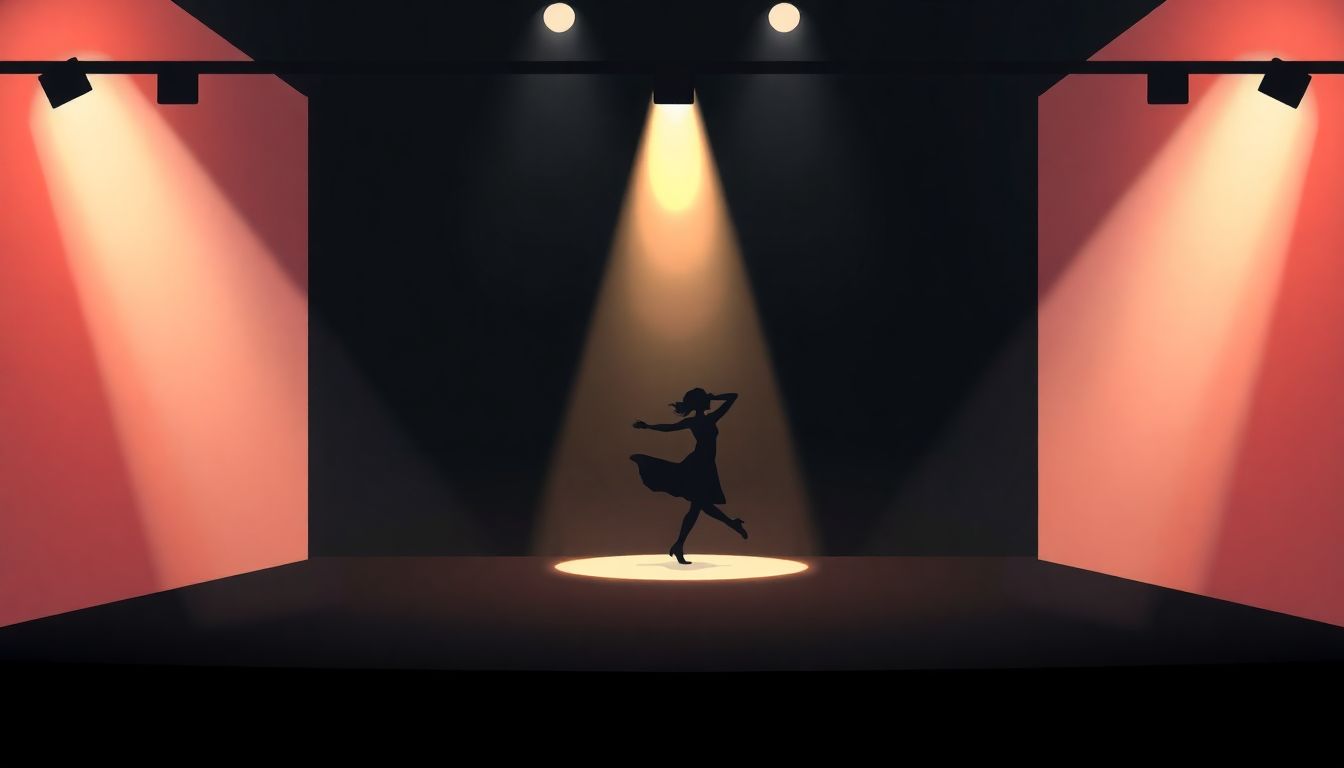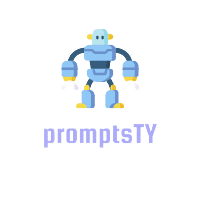Performance art can be a tricky world to navigate, right? You might feel overwhelmed thinking about how to come up with fresh and exciting ideas that resonate with audiences. It’s completely normal to feel stuck or to wonder where to start—many artists face this challenge.
But don’t worry! If you stick around, I promise you’ll discover a treasure trove of prompts and creative techniques that will spark your imagination and help you craft impactful performance art pieces. You’ll feel re-energized and inspired before you know it.
From unique ideas to tips on incorporating audience interaction and visual elements, we’ll cover everything you need to elevate your performance art game. Let’s dive in and explore the fascinating possibilities together!
Key Takeaways
- Start by expressing specific feelings through movement and sound in your performance art.
- Create characters from everyday objects or develop them through backstories and body language.
- Engage your audience by assigning roles or incorporating their suggestions into your performance.
- Explore themes like social issues or identity to deepen the impact of your art.
- Collaborate with other artists to create multi-dimensional performances and document the creative process.
- Use music and sound creatively, including silences or live musicians, to enhance emotional depth.

Best Prompts for Performance Art Pieces
Finding the right creative spark for your performance art can sometimes be challenging.
These prompts aim to inspire and break through any creative block you might face.
- Create a performance piece that embodies a specific feeling—try to express joy, sorrow, or anger through movement and sound.
- Design a character based on an everyday object and perform a day in their life.
- Utilize a historical event and express its significance through a modern lens.
- Conduct a live experiment, merging different art forms—like dance, theater, and sound.
- Choose a controversial topic and create a performance that encourages discussion and reflection.
Unique Ideas for Creating Impactful Performance Art
If you’re looking to make waves in the performance art scene, consider these unique ideas.
Impactful performance not only entertains but can also provokes thought and discussions.
- Combine art with technology by incorporating digital projections that respond to the performer’s movements.
- Engage with your local community—create a piece that highlights community stories or issues.
- Transform a public space into a stage, inviting unexpected participation from passersby.
- Create immersive experiences where the audience becomes part of the art, altering the performance as it unfolds.
Prompts to Help You Develop Characters in Performance Art
Character development is crucial for creating a relatable performance art piece.
These prompts will help you dive deeper into your character’s psyche and backstory.
- Write detailed backstories for your characters, including their fears, dreams, and motivations.
- Perform a monologue where the character confronts their biggest fear or obstacle.
- Experiment with body language—perform a scene without words and focus on how the character moves.
- Create a character composite by merging traits from people you know—how does that influence their actions?
Ways to Incorporate Audience Interaction in Your Art
Incorporating audience interaction can transform your performance art piece into a dynamic experience.
Here are ways to actively involve viewers in your work:
- Invite audience members to participate by assigning them roles or reactions within the performance.
- Use Q&A sessions before or after your performance to engage the audience’s thoughts and experiences.
- Implement a suggestion box for audience ideas, then incorporate them into future performances.
- Conduct a live poll during the performance, letting the audience decide the direction of the piece.
For more creative inspiration, check out my posts on creative writing prompts and journaling prompts. These resources can provide you with additional ideas to enhance your performance art journey.

Prompts for Exploring Themes and Messages in Performance Art
Understanding themes and messages in your performance art can deeply enhance its impact.
Here are some prompts that can help you explore and discover rich thematic material.
- Analyze a current social issue and write a performance piece that addresses it from multiple perspectives.
- Create a dialogue between two characters that represent conflicting ideologies—what do they reveal about society?
- Choose a literary or cinematic work and reimagine its core message through a physical or visual performance.
- Develop a piece that explores the theme of identity—how do personal experiences shape who we are?
- Create a performance that juxtaposes past and present, highlighting how cultural narratives evolve over time.
Creative Techniques to Enhance Your Performance Art
Using innovative techniques can take your performance art to new heights.
Here are some effective methods to consider for your next project.
- Incorporate gesture as a form of communication—experiment with how different movements can express various emotions.
- Try blending different art forms, such as spoken word and dance, to create a multi-faceted experience.
- Explore live video feed—project real-time visuals of your performance to create a unique viewing experience.
- Utilize unconventional spaces—perform in unexpected locations to challenge the audience’s perception of art.
- Engage with various media—combine visual art elements like painting or sculpture with live performance.
Prompts for Collaborative Performance Art Projects
Collaboration can enrich your performance art, bringing together diverse ideas and styles.
Try these prompts to inspire joint projects with fellow artists.
- Invite artists from different disciplines to create a piece that harmonizes their unique styles—what does this fusion say?
- Host a workshop for community members to share stories and co-create a performance that echoes those narratives.
- Develop a piece where one artist’s movement is influenced by another’s soundscapes—how do they interact creatively?
- Incorporate elements of chance by having collaborators perform without prior coordination—what unexpected results arise?
- Document the collaborative process through a short film or photographic series, showcasing the journey of creation.
Using Music and Sound in Your Performance Art: Prompts
Music and sound play vital roles in setting the mood and enhancing your performance’s emotional depth.
Here are prompts to effectively integrate auditory elements into your work.
- Compose a sound collage using natural sounds and human-made noises—how does this impact the audience’s experience?
- Create a performance piece where silence plays an important role—what moments do you highlight with stillness?
- Choose a genre of music that reflects the theme of your performance and choreograph movements that embody its rhythms.
- Incorporate live musicians into your performance—how does their presence change the dynamic of the piece?
- Experiment with sound effects—use everyday objects as instruments to create unique soundscapes that complement your actions.

Visual Elements: Prompts for Integrating Props and Costumes
Visual elements like props and costumes can elevate your performance art, making it more immersive and engaging.
Consider using these prompts to help you think outside the box when it comes to your visual storytelling.
- Design a costume that represents the core message of your performance—how does the outfit change its meaning?
- Incorporate props that serve as metaphors in your piece—what do they symbolize in the context of the narrative?
- Create a visual tableau at the start or end of your performance to encapsulate the overall theme.
- Utilize color theory in your costumes and props to evoke specific emotions—experiment with contrasting colors for heightened effect.
- Explore the concept of transformation by altering your costume mid-performance—how does this change the audience’s perception of your character?
Journaling Prompts to Reflect on Your Performance Art Process
Journaling is a valuable tool for self-reflection and growth as an artist.
Use these prompts to document your thoughts and feelings throughout your performance art journey.
- Reflect on a recent performance—what moments stood out the most, and why?
- Describe a challenge you faced during your creative process and how you overcame it.
- List three elements in your performance that you are proud of—what made them successful?
- Identify emotions you experienced before, during, and after your performance—how did they influence your work?
- Set aside time for gratitude—what aspects of your artistic journey do you appreciate the most?
Final Tips for Crafting Memorable Performance Art Pieces
Creating unforgettable performance art doesn’t just happen by chance; it takes intention and practice.
Keep these final tips in mind as you refine your art and make a lasting impression on your audience.
- Start strong with a captivating opening—consider an unexpected action or statement that grabs attention.
- Build a narrative arc that leads your audience through a journey—what highs and lows do they experience along with you?
- Pay attention to pacing—balance high-energy moments with quiet, reflective spaces to enhance emotional impact.
- Rehearse thoroughly, but remain flexible—be ready to adapt in the moment for authenticity.
- End with a thought-provoking conclusion—leave your audience with questions or reflections that linger long after your performance.
FAQs
Consider prompts like “Exploring a day in the life of an object” or “Interacting with your childhood memories.” These can inspire innovative expressions and resonate with the audience on personal levels.
Incorporating audience interaction can deepen engagement and create a shared experience. Techniques may include inviting audience members to participate or responding to their reactions, which can amplify emotional impact.
Effective character development in performance art can involve exercises like improvisational play or detailed backstory creation. Exploring motivations and emotional arcs can lead to richer, more relatable performances.
To enhance visual elements, consider using striking props, imaginative costumes, and effective lighting. Additionally, integrating multimedia or dynamic stage designs can create a compelling backdrop for your performance.
